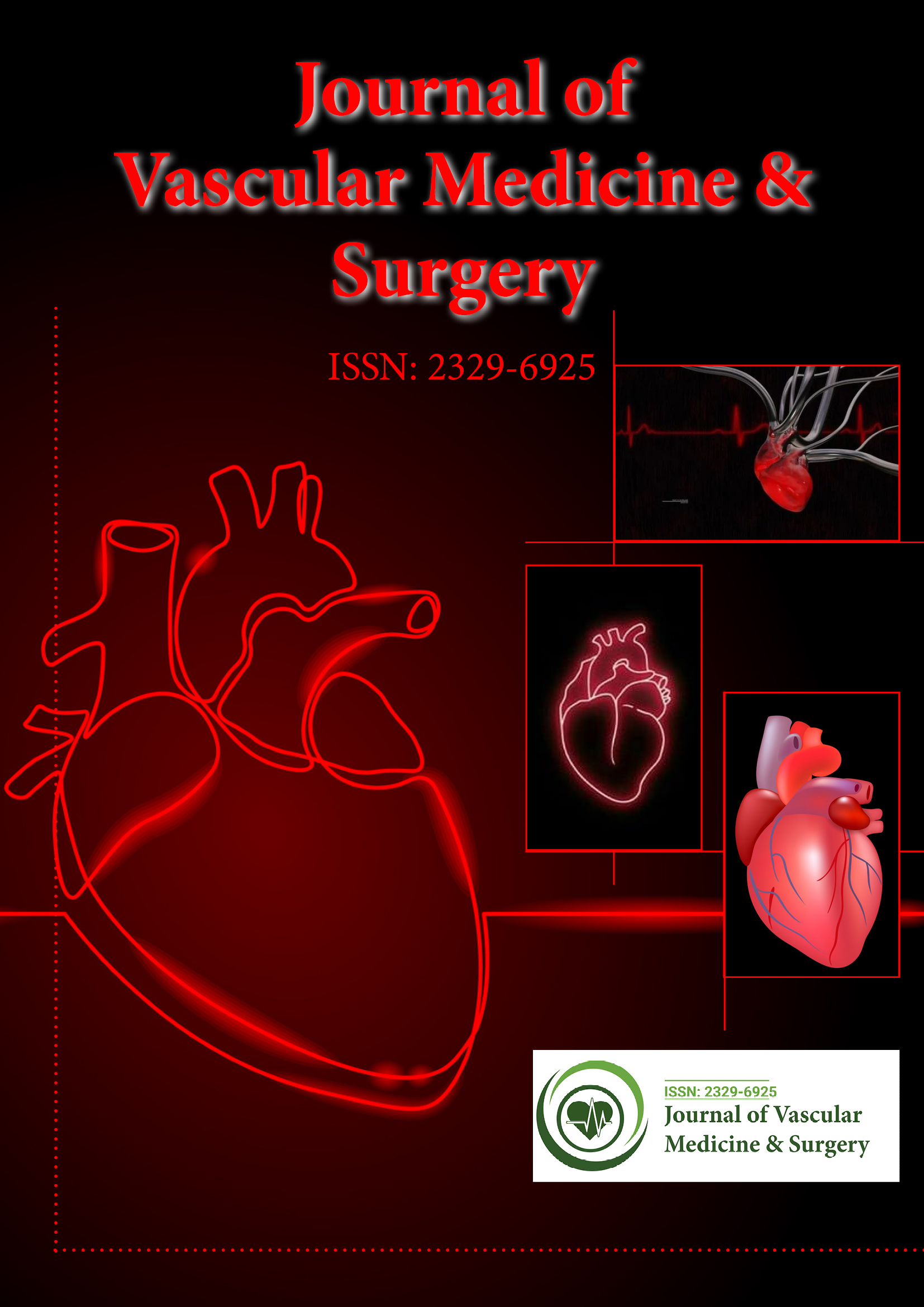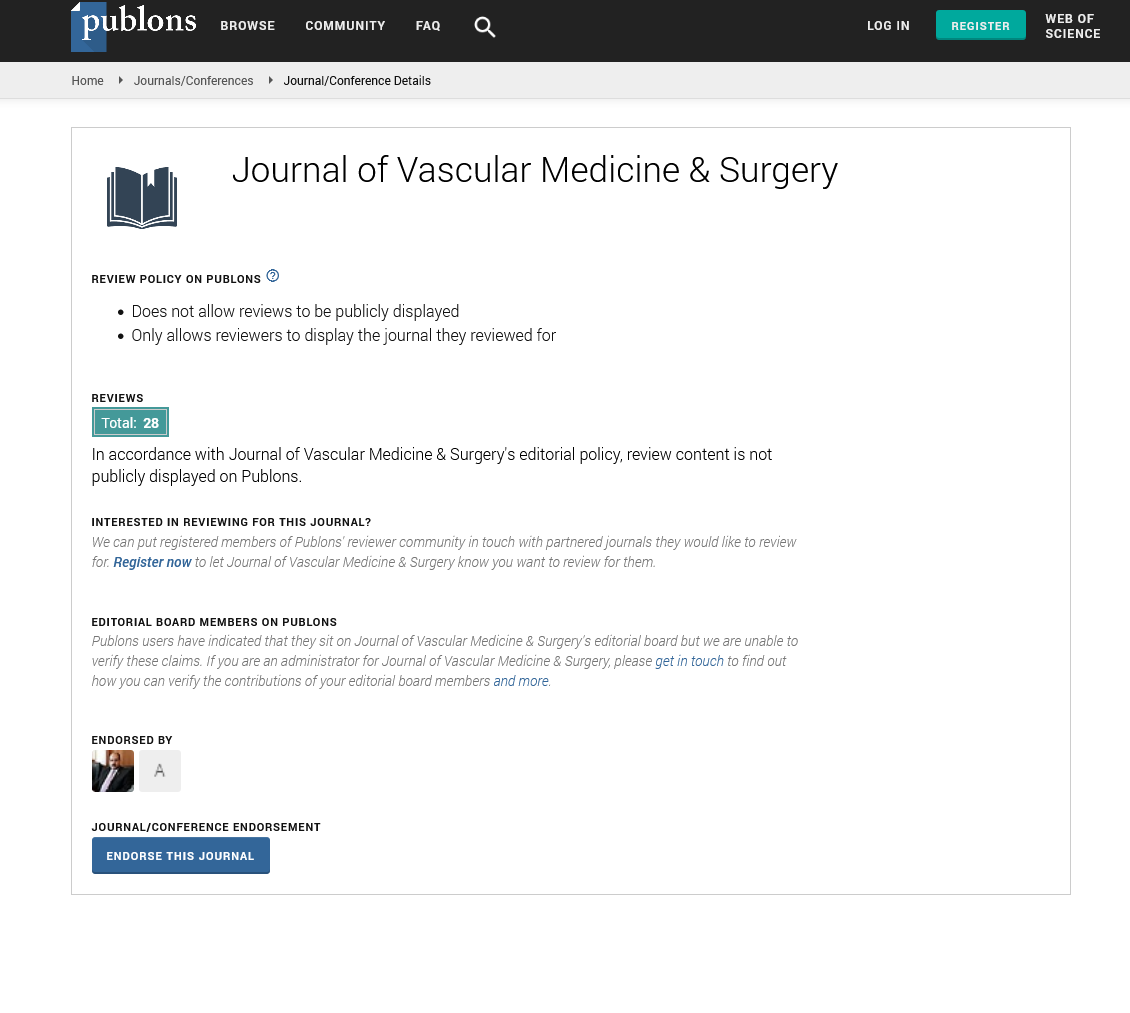Indexed In
- Open J Gate
- Academic Keys
- RefSeek
- Hamdard University
- EBSCO A-Z
- OCLC- WorldCat
- Publons
- Euro Pub
- Google Scholar
- SHERPA ROMEO
Useful Links
Share This Page
Journal Flyer

Open Access Journals
- Agri and Aquaculture
- Biochemistry
- Bioinformatics & Systems Biology
- Business & Management
- Chemistry
- Clinical Sciences
- Engineering
- Food & Nutrition
- General Science
- Genetics & Molecular Biology
- Immunology & Microbiology
- Medical Sciences
- Neuroscience & Psychology
- Nursing & Health Care
- Pharmaceutical Sciences
Abstract
Clinical Review of Current Techniques of Magnetic Resonance Imaging of Atherosclerosis
Joy Cambe, Sylvia Biso, Nadia Alie1 and Venkatesh Mani
Cardiovascular disease (CVD), notably atherosclerosis, is the leading cause of morbidity and mortality worldwide, commonly caused by thrombotic occlusion of a vulnerable plaque. Early assessment of atherosclerotic lesions is an important diagnostic goal in order to decrease the coronary artery siases burden. The purpose of this article is to review current MRI techniques on atherosclerosis and explore their clinical applications. First, this article will review the pathogenesis of atherosclerosis and describe various vulnerable plaque features i.e. intraplaque hemorrhage, lipid rich necrotic core, thin fibrous caps, neovascularization, and plaque inflammation. A comparison of different noninvasive in vivo imaging of atherosclerosis, specifically ultrasound, computer tomography, and magnetic resonance imaging will be discussed. This article will argue that MRI is best suited for detecting early plaque lesions. Next, the current MR imaging techniques in atherosclerosis will be introduced. Then this article will examine the clinical impact of MRI on atherosclerotic burden based on their vascular location. Lastly, new strategies in MRI imaging of atherosclerosis will be revealed.

